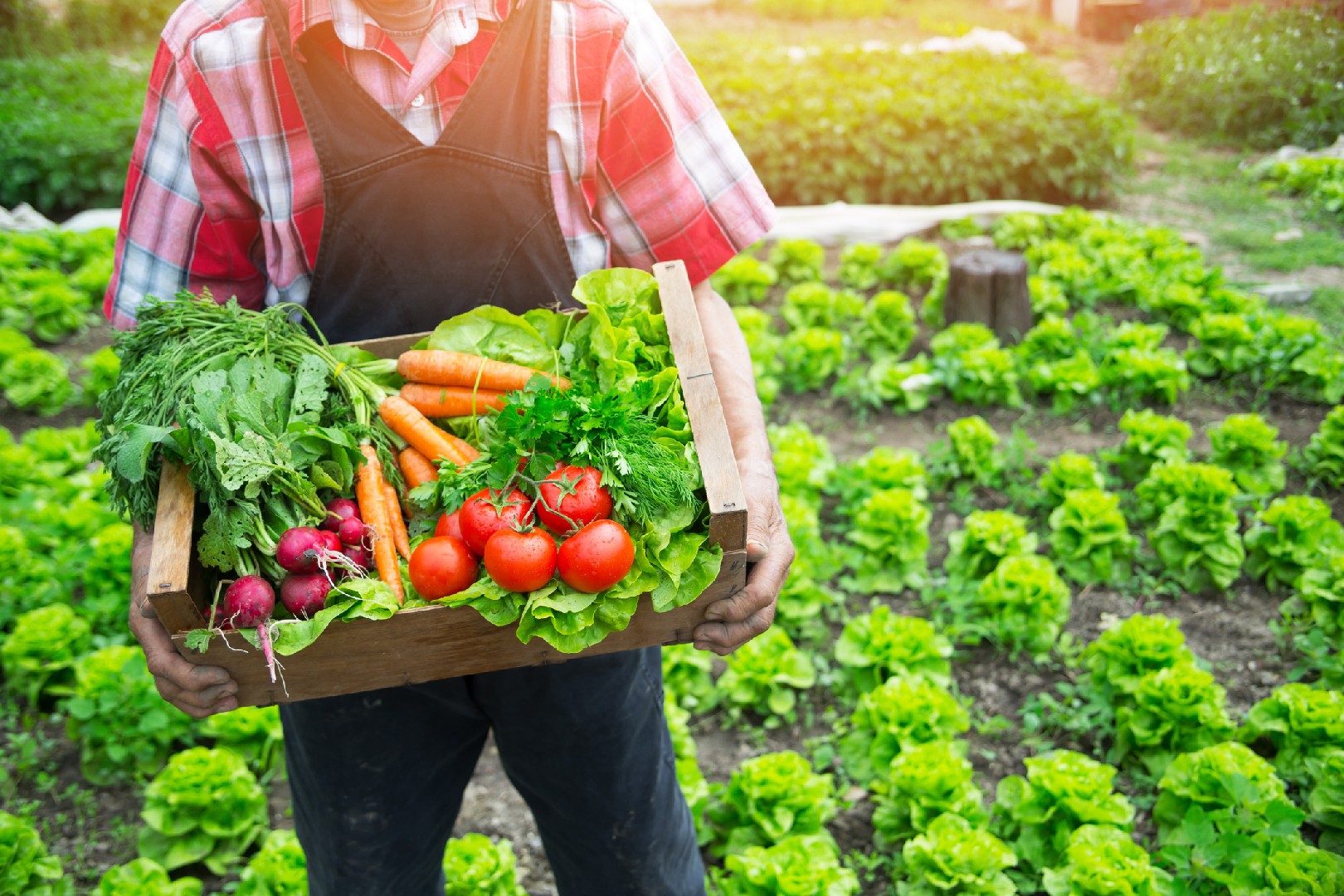![Rectangle]()
Harvesting Techniques and Their Impacts
In the world of agriculture, there are various methods and techniques that farmers employ to harvest their crops. These techniques range from traditional handpicking to highly mechanized processes, each with its own unique impact on both plant health and future yields.
One of the most common harvesting methods is handpicking, where laborers manually collect the ripe fruits or vegetables from the plants. This technique is often used for delicate crops like berries or grapes, as it allows for careful selection and minimal damage to the plants. Handpicking requires skilled laborers who can identify the perfect stage of ripeness, ensuring that only the highest quality produce is harvested.
Another popular harvesting technique is using machinery. Many farmers utilize equipment such as combine harvesters, which can efficiently harvest large fields of crops like wheat or corn. These machines are equipped with advanced technology that allows them to not only cut the plants but also separate the grains or seeds from the stems. While mechanized harvesting is faster and more efficient, it can sometimes result in damage to the plants if not operated correctly. Therefore, farmers must have a good understanding of the machinery and take appropriate precautions to minimize any negative impacts.
In recent years, there has been a growing interest in sustainable harvesting practices. One such method is selective harvesting, where only the mature fruits or vegetables are picked, while leaving the unripe ones to continue growing. This approach helps to ensure a continuous supply of fresh produce while also reducing waste. Selective harvesting requires careful observation and knowledge of the specific crop's growth patterns, allowing farmers to determine the optimal time for harvesting.
Another technique that can have a significant impact on both plant health and future yields is post-harvest handling. This includes steps like proper cleaning, sorting, and storing of the harvested produce. Cleanliness is crucial to prevent the growth of harmful bacteria or fungi, which can spoil the entire crop. Sorting ensures that only the highest quality produce is stored or brought to market, while the rest can be used for other purposes like animal feed or compost. Proper storage conditions, such as temperature and humidity control, help to prolong the shelf life of the produce and ensure its freshness.
It is important for farmers to understand the correlation between harvesting practices and plant health. Careless or improper harvesting can damage the plants, leading to reduced future yields. For example, if the stems are cut too close to the ground or if excessive force is used during harvest, it can cause injuries that make the plants more susceptible to diseases or pests. On the other hand, gentle and precise harvesting techniques can promote plant health and encourage better future yields.
By employing specific harvesting techniques, farmers can improve or hinder the future yields of their crops. For instance, pruning plants before harvesting can stimulate new growth and enhance productivity. Similarly, adopting organic harvesting practices can promote soil health and biodiversity, resulting in sustainable agriculture and higher yields in the long run.
In conclusion, the choice of harvesting technique plays a crucial role in plant health and future yields. Handpicking, mechanized harvesting, selective harvesting, and post-harvest handling all have distinctive impacts on the crops. Farmers need to have the necessary skills and knowledge to employ these techniques effectively. By understanding the correlation between harvesting practices and plant health, farmers can make informed decisions that will ultimately lead to greater productivity and sustainability in agriculture.





